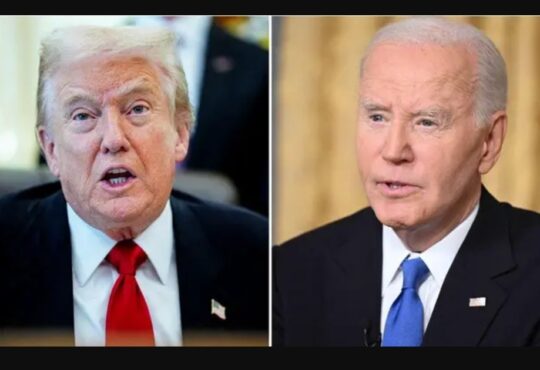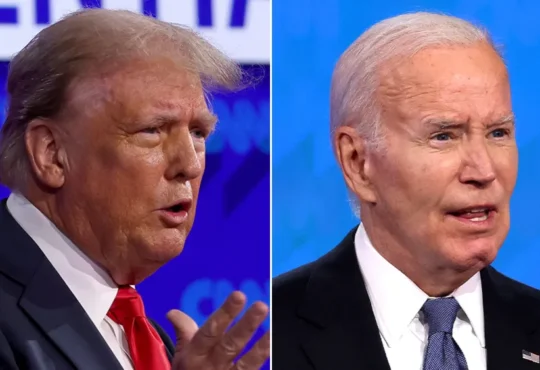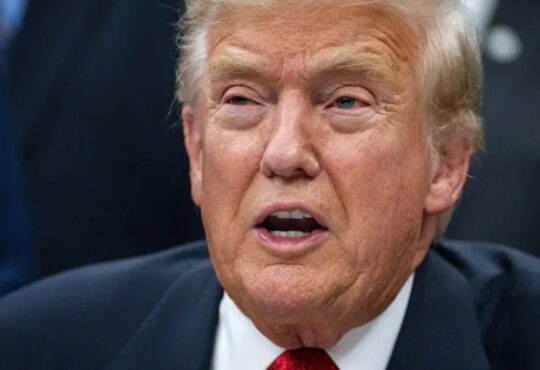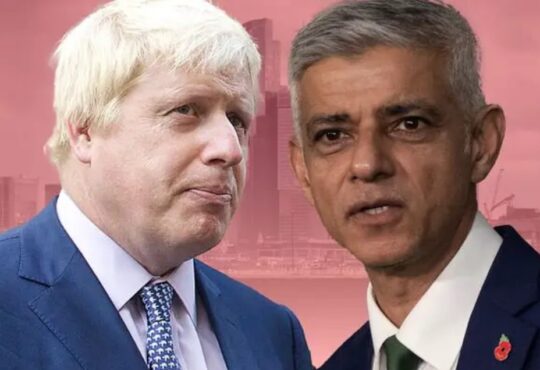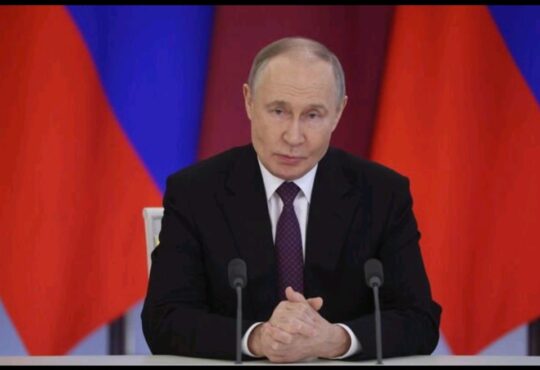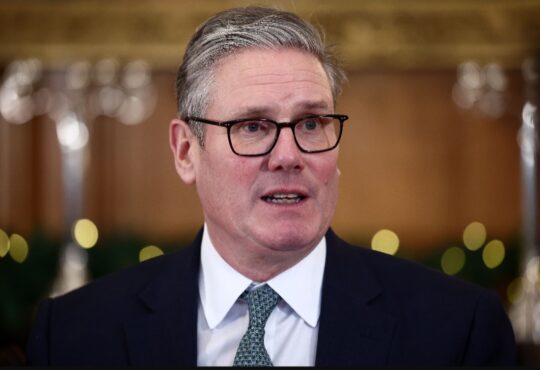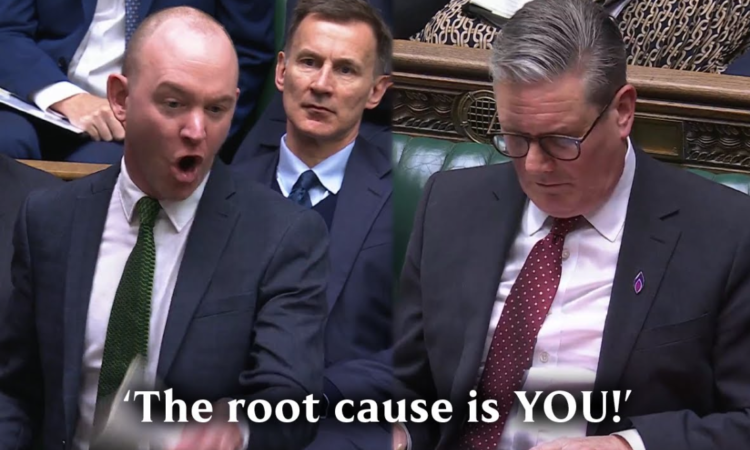
In what many expected to be a smooth and celebratory honeymoon period for the new government, things have taken a turbulent turn. The Prime Minister has made headlines by sacking his chief of staff, a key figure in his administration. Adding to the chaos, the City Minister and Transport Secretary were forced to resign, raising questions about the stability and unity within the government.
Meanwhile, reports suggest that Number 10 has been actively briefing against other senior figures, including the Pensions Secretary, Home Secretary, and Education Secretary. This wave of internal conflict has led to growing concerns about the leadership at the top.
Critics are now asking whether the Prime Minister should take responsibility for the turmoil, rather than placing the blame on his team.
One MP pointedly remarked in Parliament, “Is it not time that the Prime Minister accepts that the root causes at the heart of this government are with him, not them?” This statement has sparked further debate about the direction and management of the administration.
In response, supporters of the Prime Minister have defended his actions, highlighting the government’s recent landslide victory and the significant majority it holds. They argue that the administration is focused on delivering its promises and getting on with the job.
One MP countered, “We just had a landslide victory, and we’ve got a massive majority. We’re getting on with the job.” They also criticized the previous government, pointing out the high turnover of ministers and the instability it caused across various departments.
Despite these defenses, the ongoing reshuffles and internal conflicts have left many wondering whether the government can maintain its momentum and focus.
With so much upheaval in such a short time, the question remains: can the Prime Minister steady the ship, or will the cracks within his team continue to widen? The coming weeks will likely be crucial in determining whether this is just a bumpy start or a sign of deeper issues within the government.
